The Path of Silence
‘How wrong we are to think that silence denotes emptiness, nothingness, the absence of all activity or creation. In reality, there is more than one kind of silence: the silence of death and the silence of a higher degree of life. It is this silence, that of the higher degree of life, that concerns us here and that we must try to understand. This is not the silence of inertia; on the contrary, it is the stillness that surrounds a work of great intensity taking place in a climate of perfect harmony. Nor is it emptiness or absence; on the contrary, it is fullness, a fullness comparable to that experienced by two human beings who love each other very deeply and share something that cannot be expressed in words or gestures. Silence is a quality of the inner life.’
1 - Noise and Silence
2 - Achieving Inner Silence
3 - Leave Your Cares at the Door
4 - Make Your Meals an Exercise in Silence
5 - Silence, a Reservoir of Energies
6 - The Inhabitants of Silence
7 - Harmony, the Essential Condition for Inner Silence
8 - Silence, the Essential Condition for Thought
9 - The Quest for Silence is the Quest for the Centre
10 - Speech and the Logos
11 - A Master Speaks in Silence
12 - The Voice of Silence is the Voice of God
13 - The Revelations of a Starry Sky
14 - A Silent Room
2 - Achieving Inner Silence
3 - Leave Your Cares at the Door
4 - Make Your Meals an Exercise in Silence
5 - Silence, a Reservoir of Energies
6 - The Inhabitants of Silence
7 - Harmony, the Essential Condition for Inner Silence
8 - Silence, the Essential Condition for Thought
9 - The Quest for Silence is the Quest for the Centre
10 - Speech and the Logos
11 - A Master Speaks in Silence
12 - The Voice of Silence is the Voice of God
13 - The Revelations of a Starry Sky
14 - A Silent Room
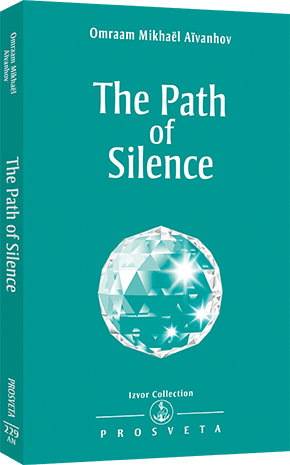
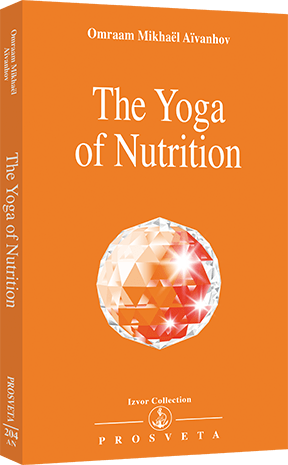
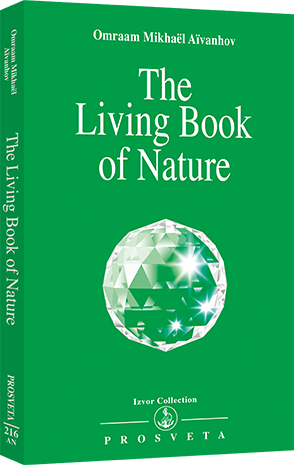

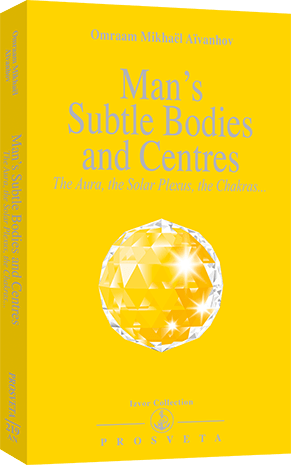
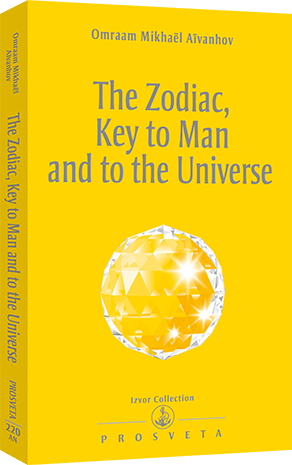
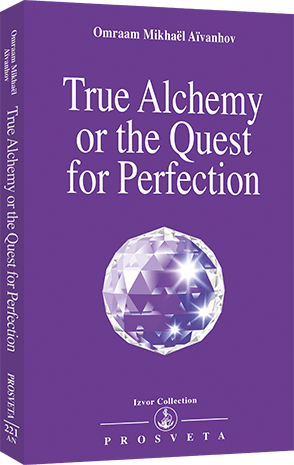
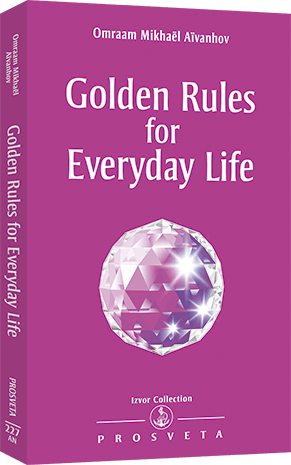
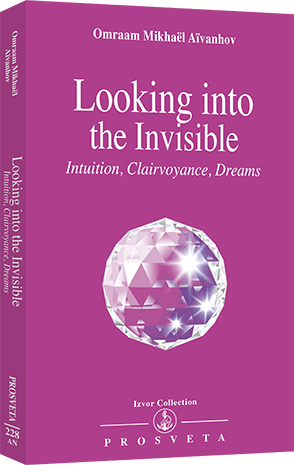
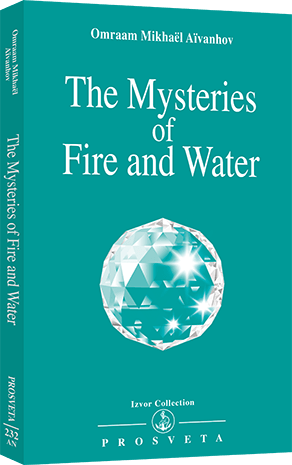
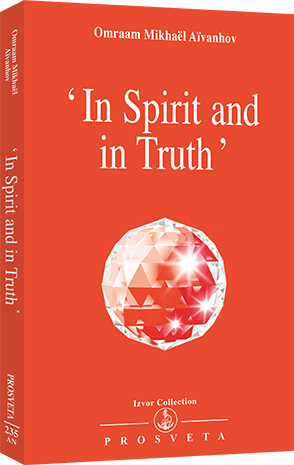
Silence, the highest region of our soul.
Of all languages, silence is that of perfection because it is the expression of our spirit that prompts us to review our life, to reflect on it and to learn from it. All this work of detachment, simplification and synthesis leads us to the true understanding of things, which is the essential goal of all spiritual practice.